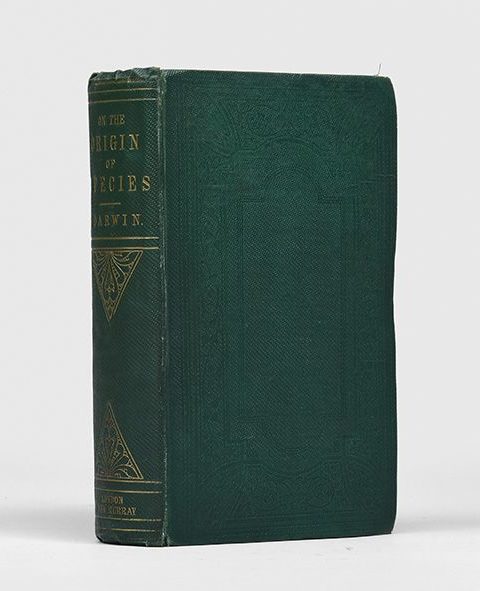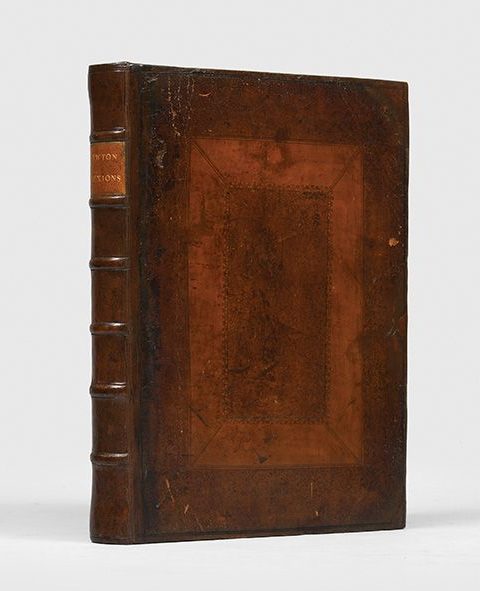Together with a short treatise, explaining and demonstrating the ordinary operations of arithmetick. As likewise, a perpetual almanack, and several useful tables. Presented to His most excellent Majesty Charles II. King of Great Britain, France, and Ireland, &c.
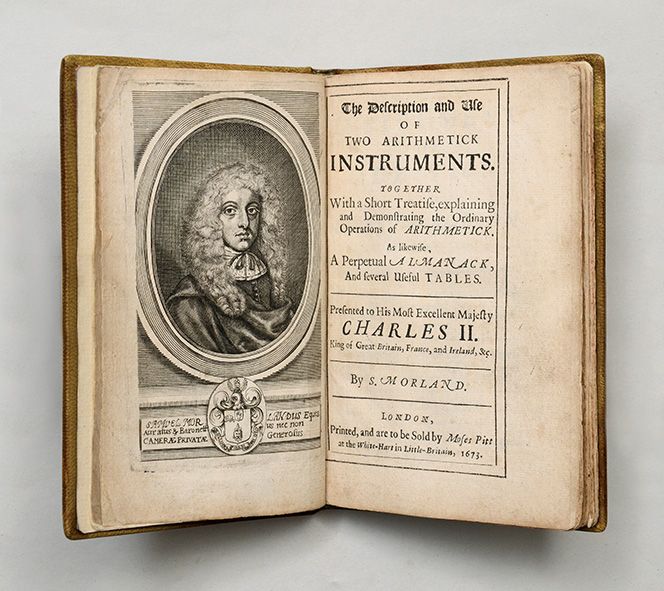
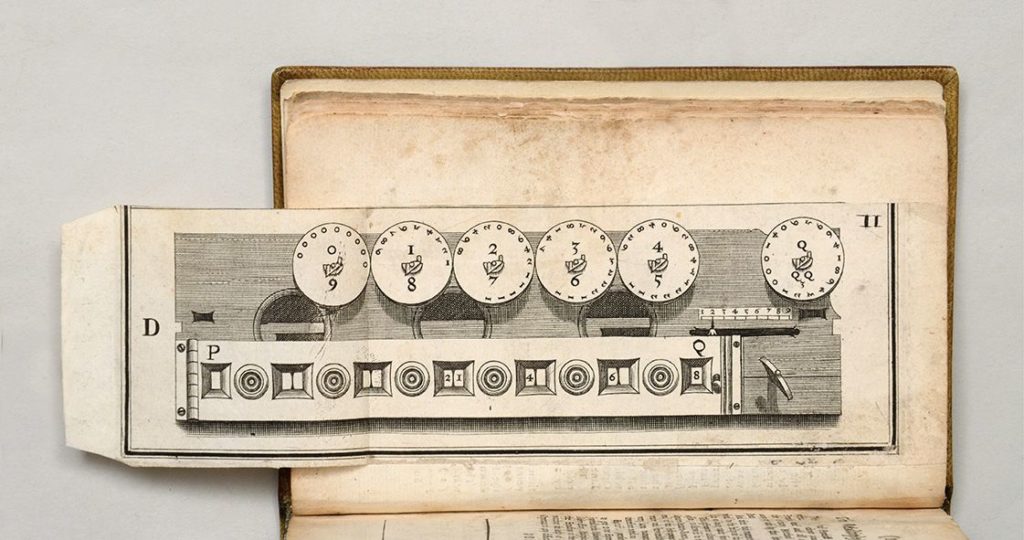
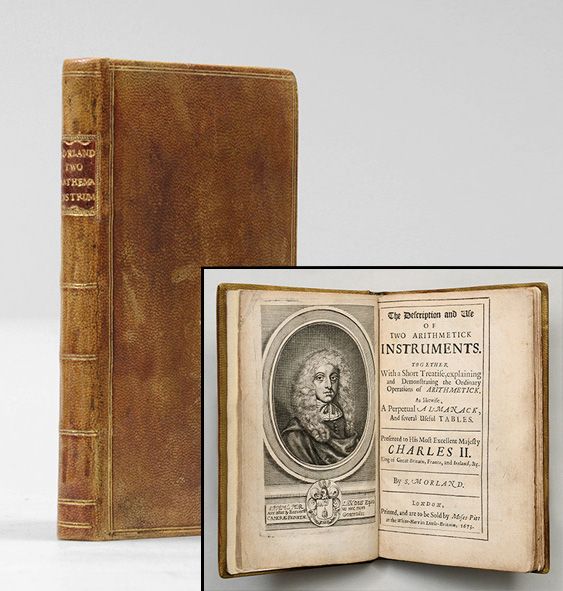
$20,000
Notes
First edition of the first book in English on a mechanical calculating machine, and the first separate work on the subject since Napier’s Rabdologiae (1617). Nothing more of any significance was published in English on calculating machines until Babbage in the 19th century.
Morland (1625-1695) was at Magdalene College, Cambridge, where he tutored an unimpressed Samuel Pepys, before accompanying an embassy in 1653 to the court of Queen Kristina of Sweden, a noted patron of the sciences. It is here that Morland most likely became acquainted with Pascal’s calculating machine (Pascal had presented an example to Kristina in 1649).
The first of the two “arithmetick instruments” described here is Morland’s adding machine, a modification of Pascal’s calculator: “A compact little apparatus made in brass 4 in by 3 in and less than in thick, consisting of two sets of wheelworks, divided and numbered, with a counting disc, addition effected by turning the wheels clockwise, and subtraction by turning them anti-clockwise”. This survives in a few examples in museums. The second instrument was his multiplier, which is illustrated in the second series of plates. This operated on the same principle as Napier’s bones, except that the rods now became wheels. The machine also served for the extraction of square, cube and square-square roots. One surviving example of this known in a museum in Florence. Morland also invented a perpetual almanac, which forms an addendum to this book.
Description
Small octavo (143 x 90 mm). Modern period-style sheep by Bernard Middleton, double gilt rules, red morocco spine label, marbled endpapers. Housed in a brown flat back cloth box.
Frontispiece portrait of the author, with added title page [A2] dated 1672 (A new, and most useful instrument for addition and substraction of pounds, shillings, pence, and farthings); collates A-F8 (-F8) G8 (-G8) A-B8 *8. With 6 engraved plates printed o
From the library of French mathematician Michel Chasles (1793-1880), with the original front wrapper of his binding bound in at the front, with “S. Morland 1673” on the recto in Chasles’s hand and his bookplate on the verso, above a note of acquisition in another hand “acheté a la vente Chasles samedi 9 juillet 1881”. Occasional browning and spotting, old repaired tear on B4 affecting a few letters but not the sense.



